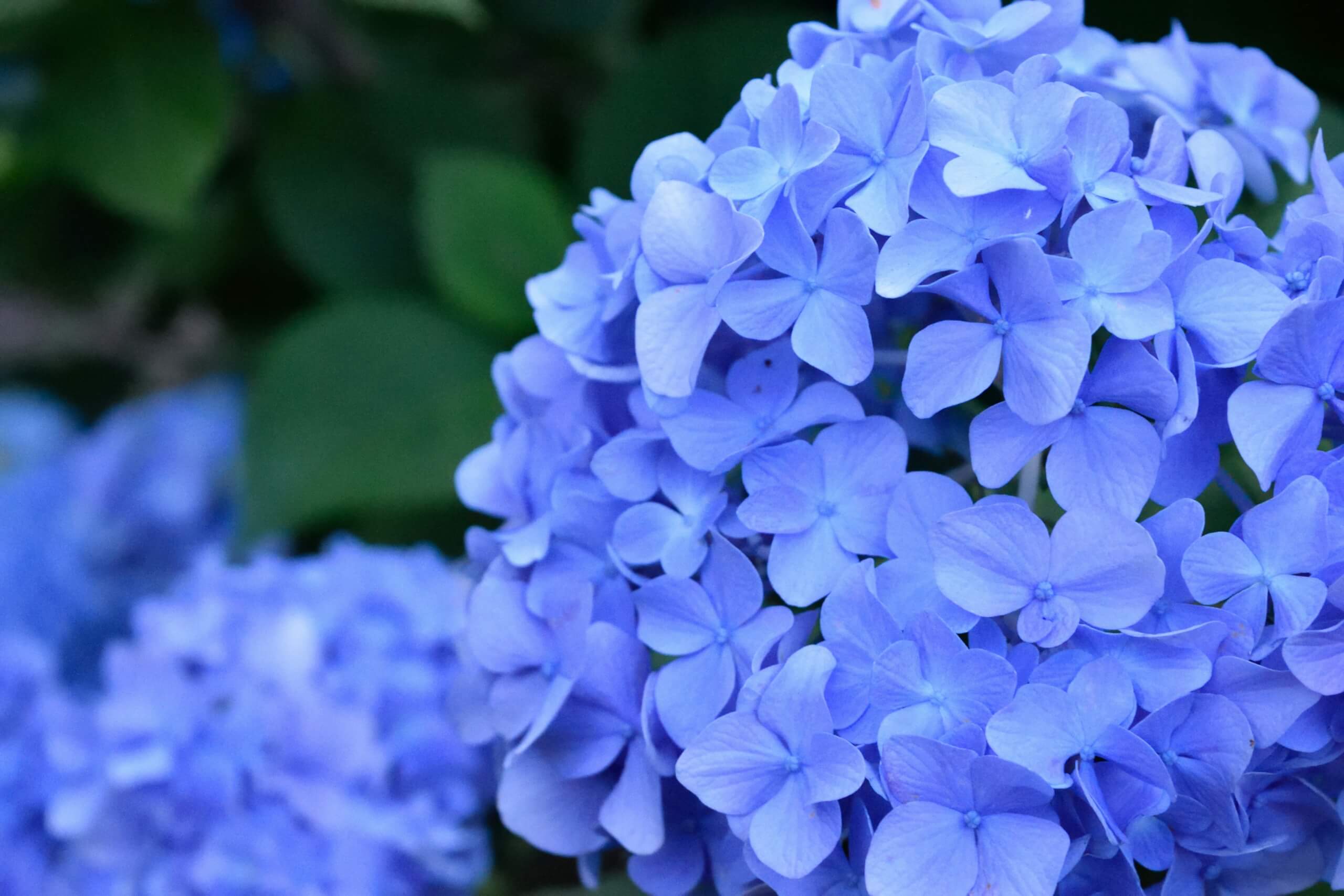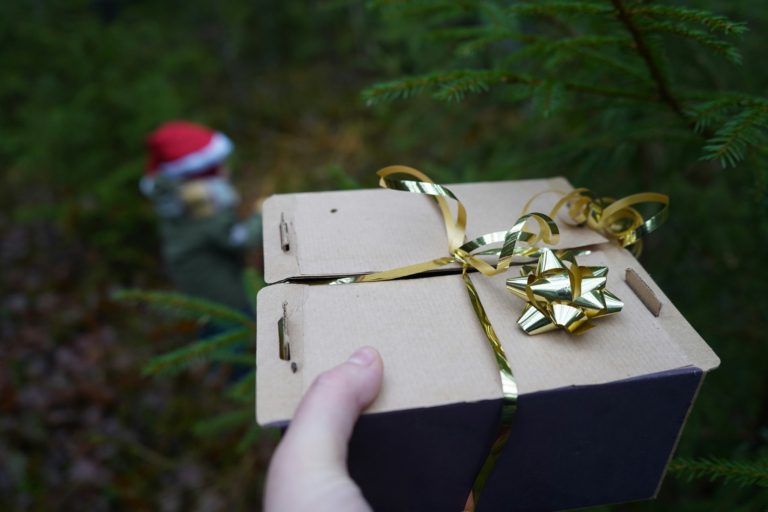Cheap plants might seem like a great bargain, but they can often lead to more headaches than harvests. Whether they’re prone to pests, come with root rot, or simply don’t thrive long-term, cheap plants often lack the strength and longevity your garden needs to flourish. While saving money is always appealing, it’s important to know which plants are worth the investment and which corners you can safely cut.
In this guide, we’ll explore how cheap plants can affect soil health, crowd out stronger specimens, and waste your time and resources. We’ll also cover which types of plants deserve a little extra spending, along with a few top retailers like Bloomscape and Fast Growing Trees where you can find high-quality greenery at reasonable prices. Knowing when to save and when to splurge is key to a thriving, beautiful outdoor space.
Why Getting Cheap Plants Can Backfire
Cheap plants often come from mass growers focused on volume over quality. These plants may be treated with chemicals or grown in crowded, nutrient-poor conditions that weaken their ability to adapt once planted in your yard. They may also suffer from root-bound growth, poor pruning practices, or insufficient hardening before being sold.
Because of their lower quality, cheap plants can be more susceptible to disease, pests, and transplant shock. What looks like a small upfront savings can turn into a larger loss when those plants die quickly or infect others in your garden. That’s why it’s essential to be strategic with your plant purchases and focus on trusted suppliers when building out your space.
5 Plants You Should Splurge On
Not all plants are created equal, and when it comes to your garden’s long-term health and appearance, some are worth every penny. Investing in high-quality plants up front can save you time, money, and frustration later. These are the varieties that provide structure, recurring beauty, and long-lasting impact. Cheap plants might work in the short term, but for the following five categories, a splurge is the smarter move.
Whether you’re designing a new landscape, expanding your edible garden, or creating an outdoor oasis, these plants form the foundation of a thriving, reliable green space.
1. Fruit Trees
Fruit trees are a long-term investment that require solid root systems, disease resistance, and climate compatibility. Cheap plants in this category often arrive weak, improperly pruned, or stressed, making them less likely to survive their first season. On the other hand, well-established trees from reputable sources can bear fruit for decades and provide shade and structure to your yard.
Fast Growing Trees offers high-quality apple, peach, citrus, and fig trees that are already conditioned for success in your growing zone. Their trees are shipped with care, arrive ready to plant, and include detailed care instructions. With the right choice, you’ll not only enjoy better harvests but also avoid costly replacements down the road.
2. Perennials
Unlike annuals, perennials are meant to last for multiple seasons, returning stronger each year. But that longevity depends on their initial quality. Cheap perennials may look nice in the store but are often root-bound, underdeveloped, or mislabeled. Choosing strong, healthy starts ensures they’ll grow into robust, spreading plants that need minimal maintenance. Whether you’re planting ornamental grasses, flowering salvia, or evergreen hostas, it’s worth paying a little more upfront for plants that will fill out beds beautifully over time.
3. Large Shrubs and Hedges
Large shrubs and hedges are the architectural backbone of many landscapes. They offer privacy, wind protection, and curb appeal. Because they grow big and fast, planting poor-quality versions can lead to uneven growth, disease spread, or the need for removal just a few years later.
Home Depot, Walmart, and Lowe’s both carry a reliable selection of hardy shrubs like boxwoods, hydrangeas, and arborvitae. When sourced from these retailers, you can often benefit from plant guarantees or care support. Investing in sturdy varieties now means enjoying their full size and beauty without having to replace them too soon.
4. Raised Bed Planters
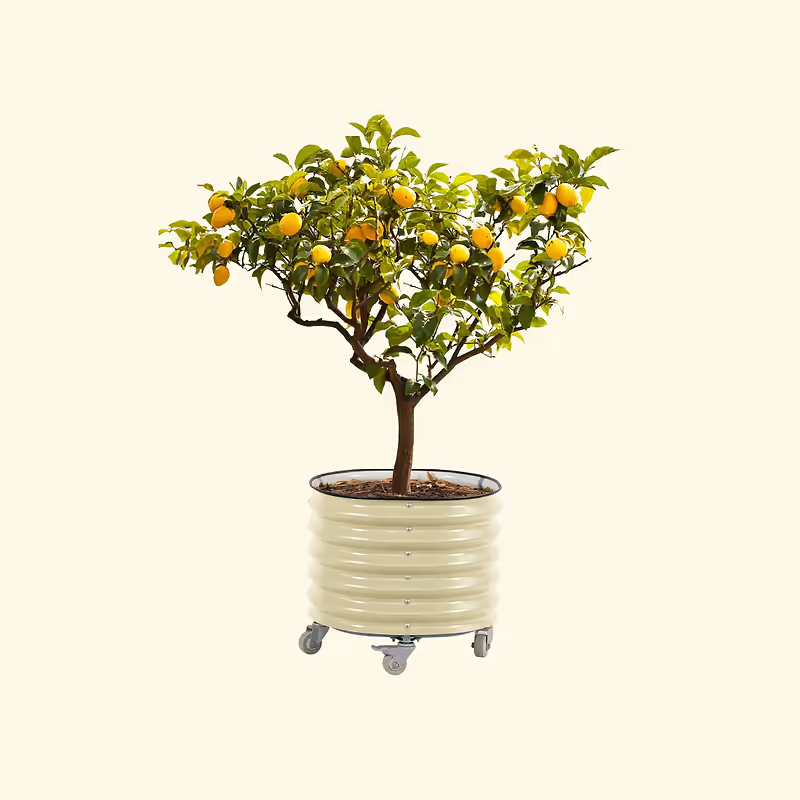
While technically not plants, raised bed planters are critical to the success of anything you grow in them. Cheap containers can warp, rust, or crack, putting your soil and root systems at risk. Durable, food-safe planters are especially important for edible gardening or mixed arrangements.
Vego Planters offer modular metal beds that are corrosion-resistant and easy to assemble. Their designs allow for customized layouts that work in any garden footprint. With quality beds like these, your splurges on soil and plants are well protected and set up for maximum growth.
5. Indoor Statement Plants
Indoor plants aren’t just decor, they’re living pieces of your home environment. Cheap indoor plants often suffer in transit or arrive with pests, shock, or nutrient deficiencies. If you’re adding a large plant like a fig, rubber tree, or bird of paradise, you want one that can thrive, not just survive.
Plants.com offers a wide range of high-quality indoor statement plants that are carefully packaged and ready for life indoors. These larger investments anchor your space, clean the air, and elevate the overall aesthetic of your home. Paying a little more ensures they arrive healthy, pest-free, and vibrant.
When It’s Okay to Save and Opt for Cheap Plants
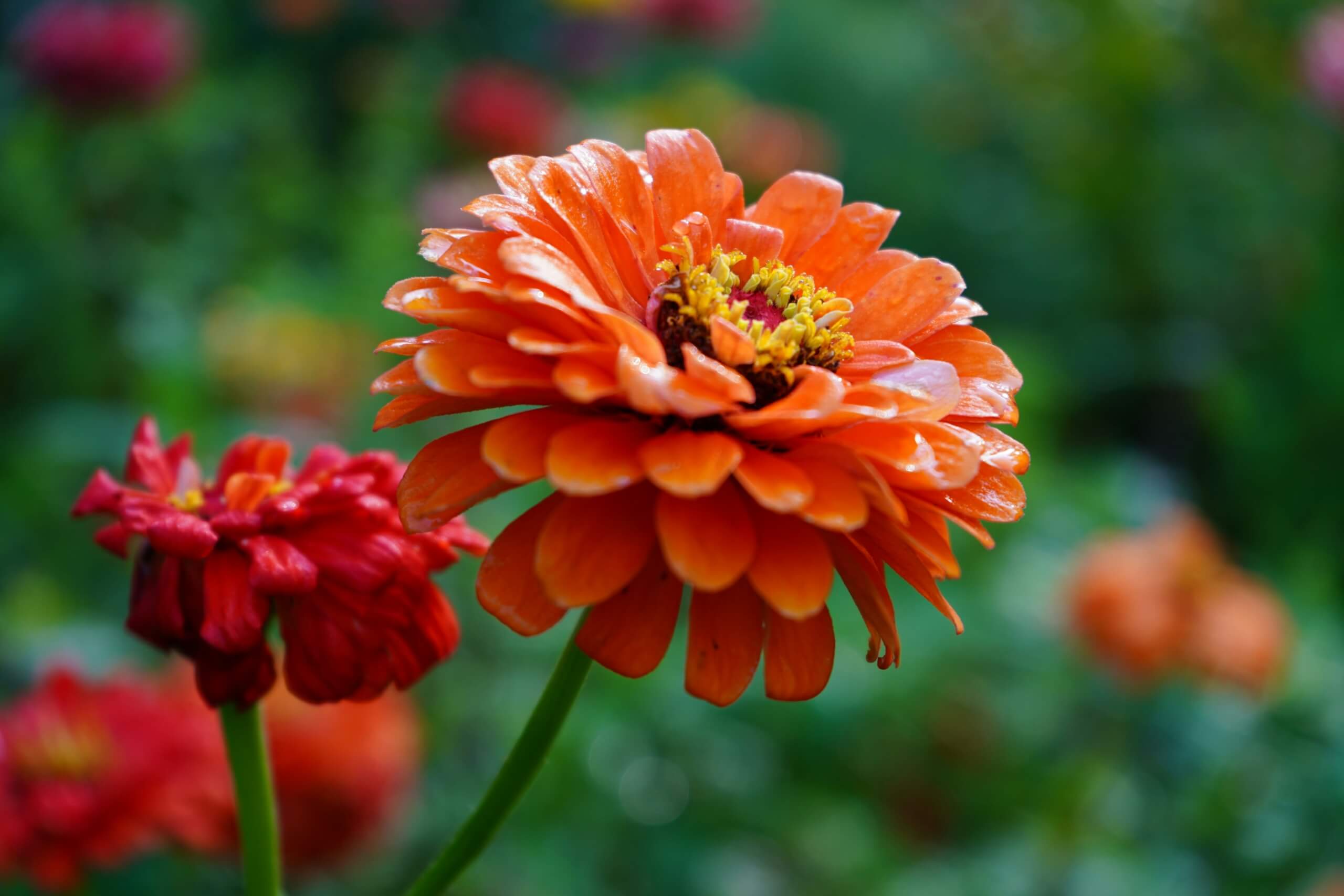
While some plants deserve your full attention (and budget), others can be sourced affordably without much compromise. Annuals like marigolds, zinnias, and cosmos are often easy to grow and don’t need to last past one season. You can usually find these at Build With Ferguson or Home Depot garden centers for less. Ground covers, native wildflowers, and seed packets are also safe places to save money. With proper care and conditions, even budget-friendly selections can flourish. It’s all about balancing what’s decorative and temporary versus foundational and long-term.
In gardening, you often get what you pay for. Choosing high-quality plants for key areas of your landscape or indoor space ensures strong growth, better resistance to pests and weather, and a more enjoyable experience overall. Cheap plants might seem convenient, but over time, they can lead to disappointment and extra work. By splurging on essentials like fruit trees, perennials, and raised beds, you build a solid foundation that pays off for years to come.
Where to Buy Quality Plants
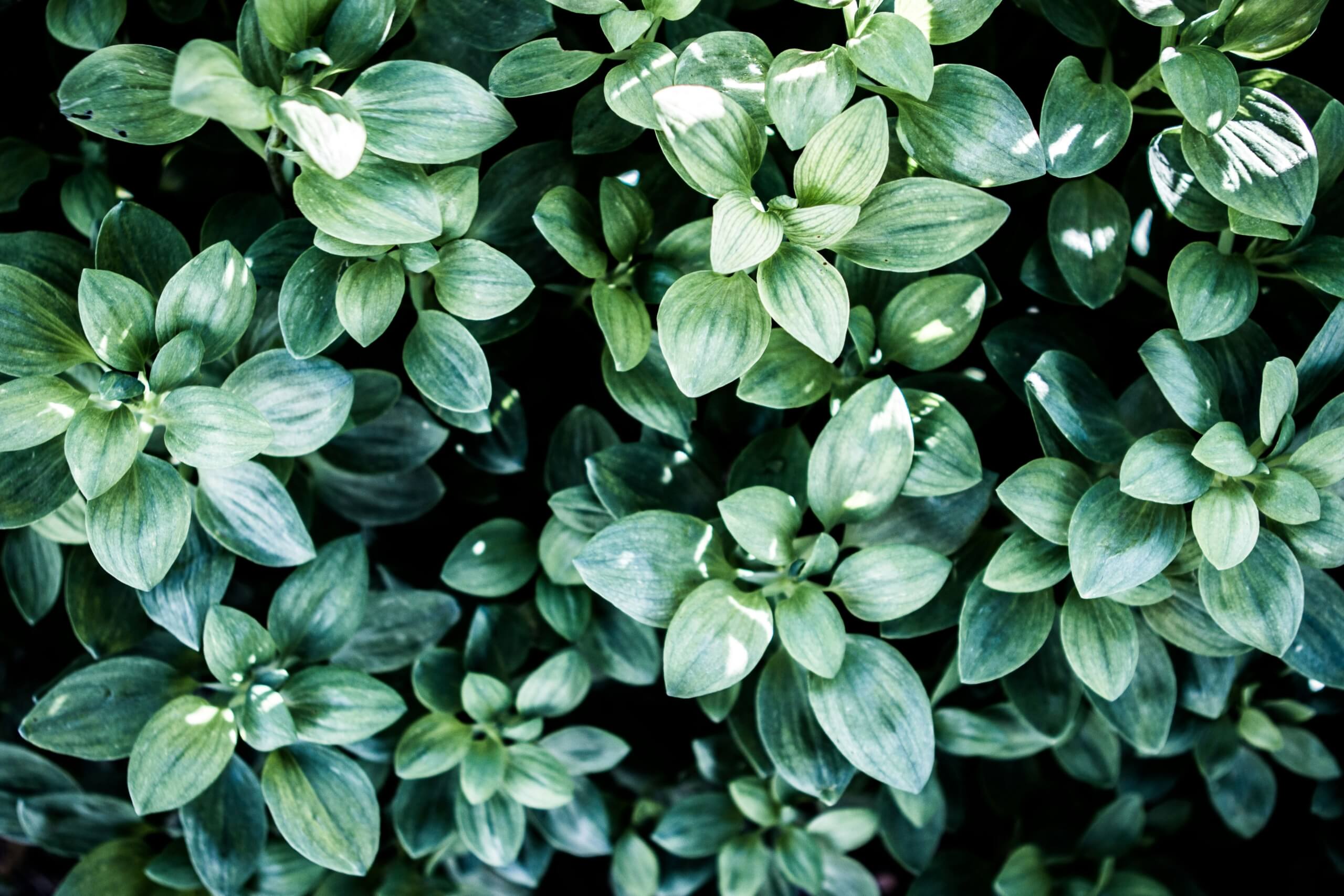
If you’re wondering where to find reliable plants without breaking your garden budget, there are several options that strike a balance between cost and quality. Build With Ferguson offers a range of garden accessories and occasional sales on outdoor greenery. Bloomscape and Plants.com specialize in curated indoor and patio plants with careful shipping standards.
For larger trees and shrubs, Fast Growing Trees is a standout. And if you’re focused on vegetable gardening or DIY raised beds, Vego Planters offers sustainable kits perfect for custom layouts. Home Depot and Lowe’s remain dependable staples for mid-range options that often include warranties. No matter your style or space, these suppliers offer solutions that work for every level of gardener.
Invest Wisely for Beautiful Plants
Spending a little extra on the right plants can mean the difference between a thriving oasis and constant replanting. While cheap plants may seem appealing, they often don’t hold up in real-world garden conditions. Investing in better soil containers, durable greenery, and pest-resistant varieties helps protect your time and money, especially when planning a backyard revamp.
Cheap plants have their place, but understanding when to upgrade ensures your garden grows strong and beautiful. From trusted names like Fast Growing Trees to carefully packaged houseplants from Plants.com, making informed choices pays off in blooms, yield, and satisfaction. So next time you shop, pause and ask yourself whether the deal is worth the long-term cost of settling for cheap plants.













